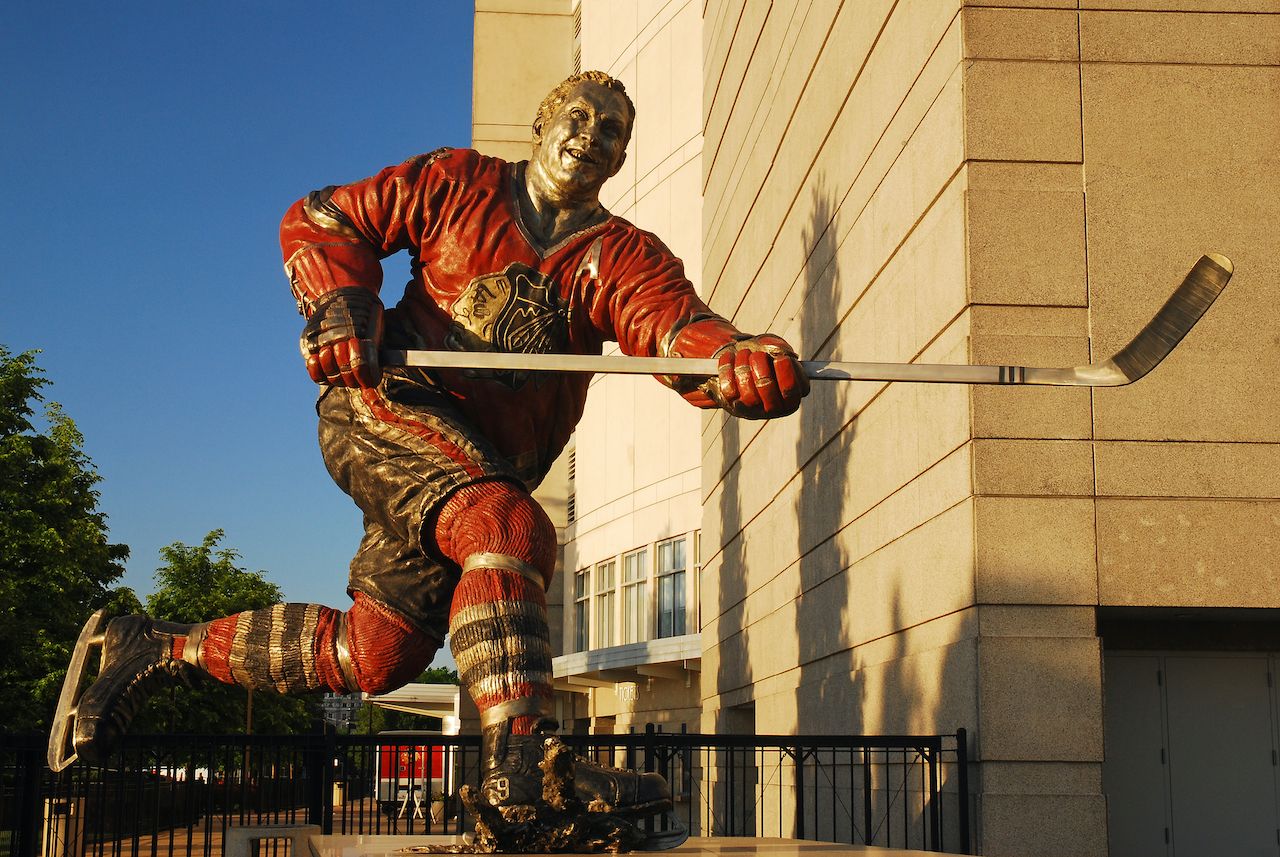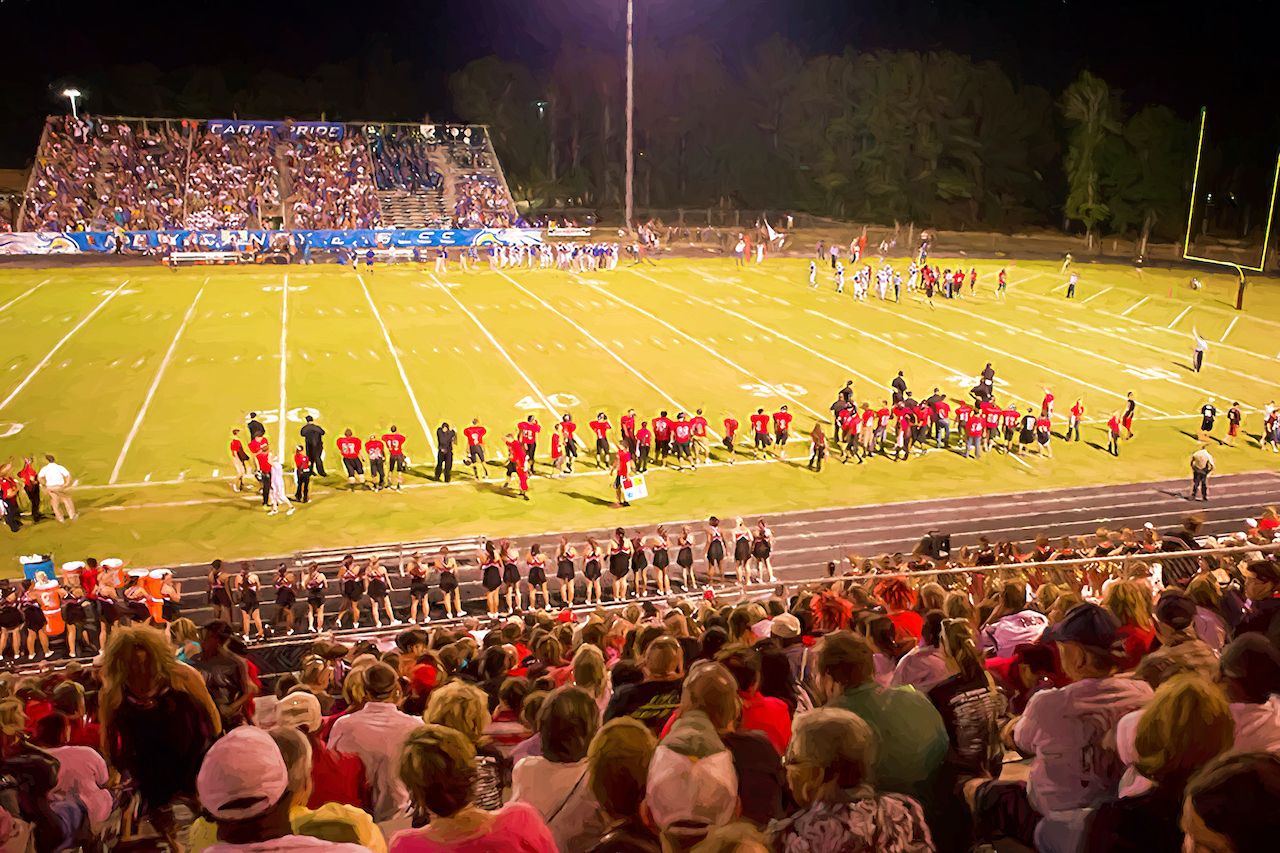Just so you know, Matador may collect a small commission from the links on this page.
Route 66 is America’s most famous road. Some people take it for the history, others take it for the art, and many take it because Route 66 has an outsized reputation in a country in love with the great American road trip. What’s often left out of the conversation, however, is Route 66’s strong connection to another beloved American pastime: sports.



